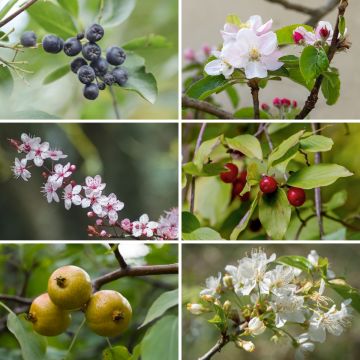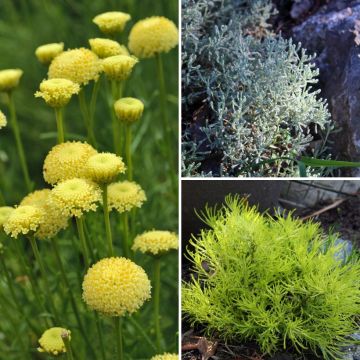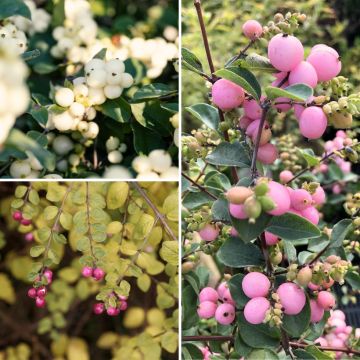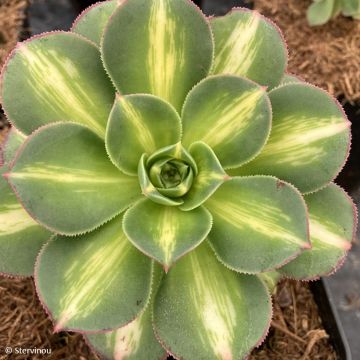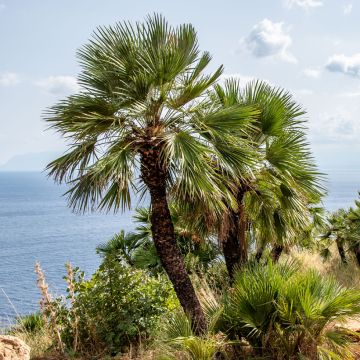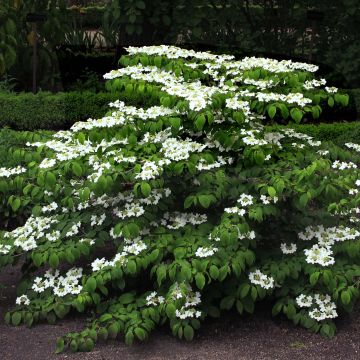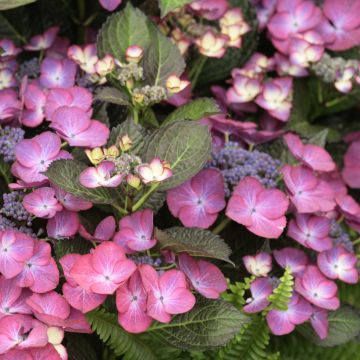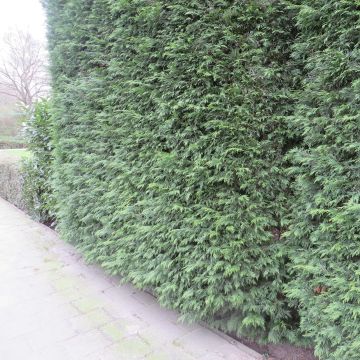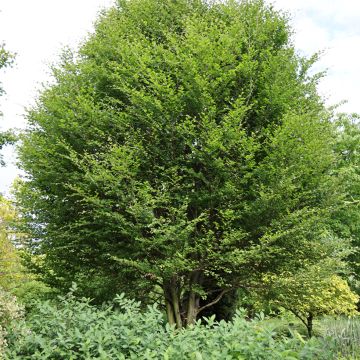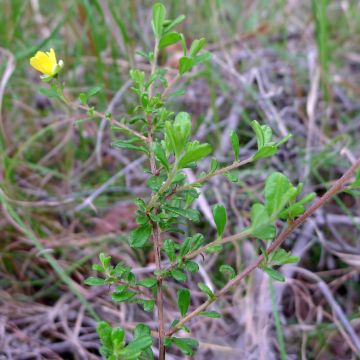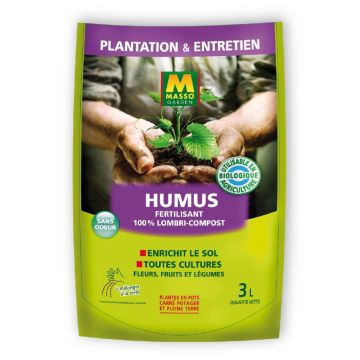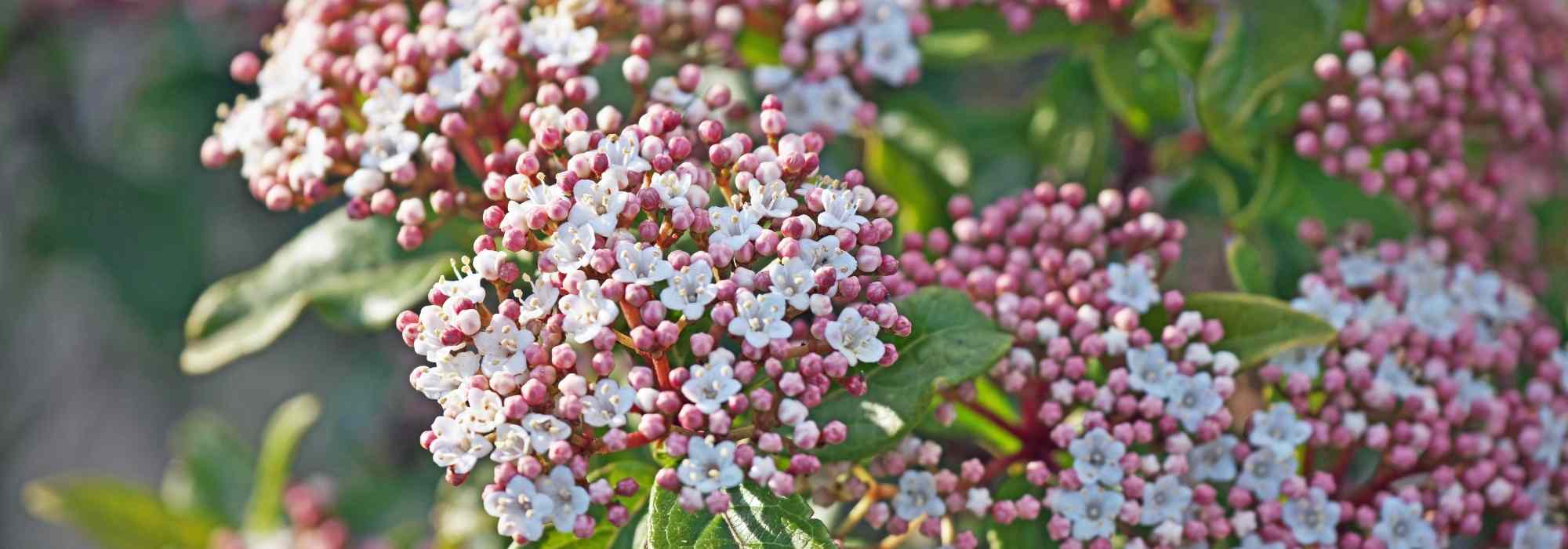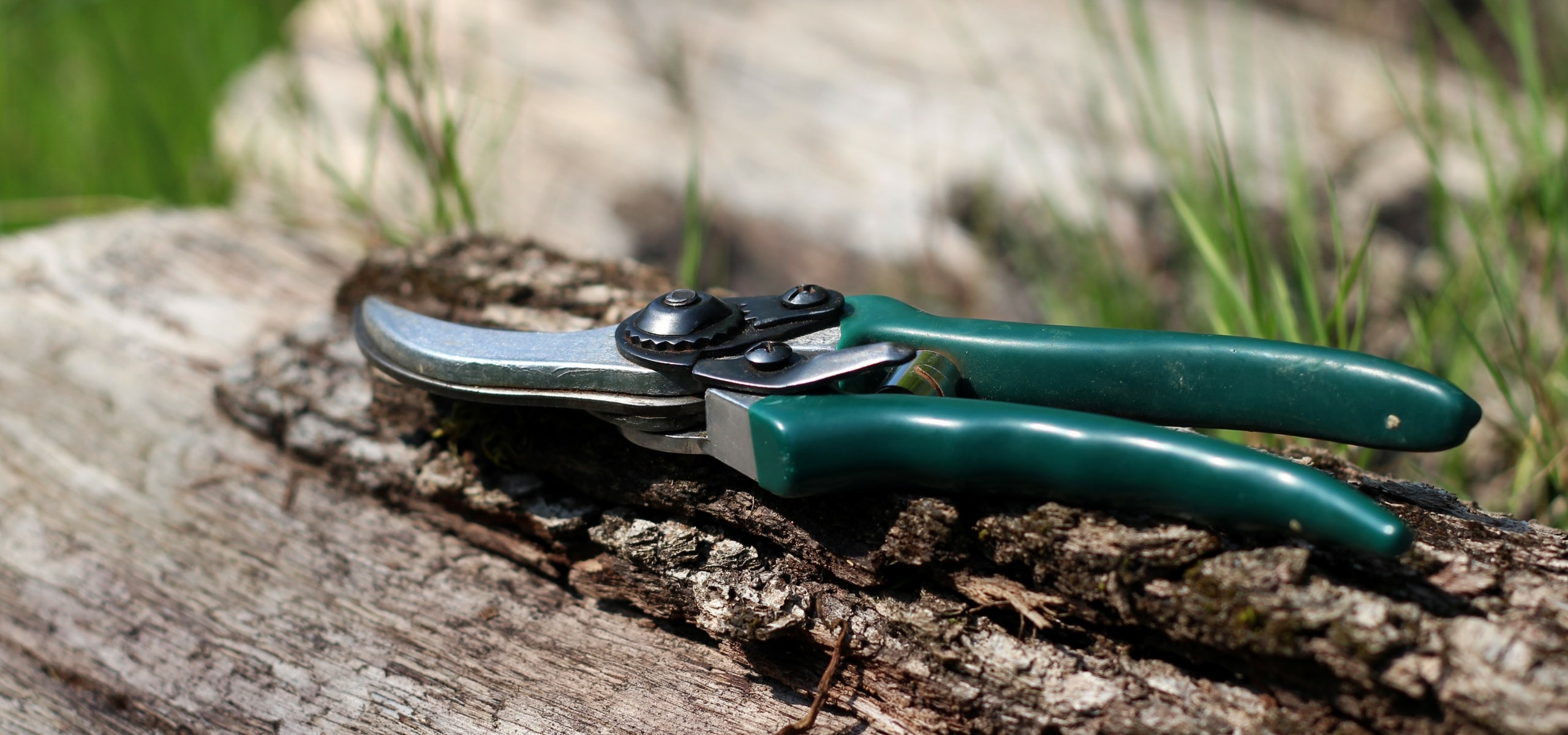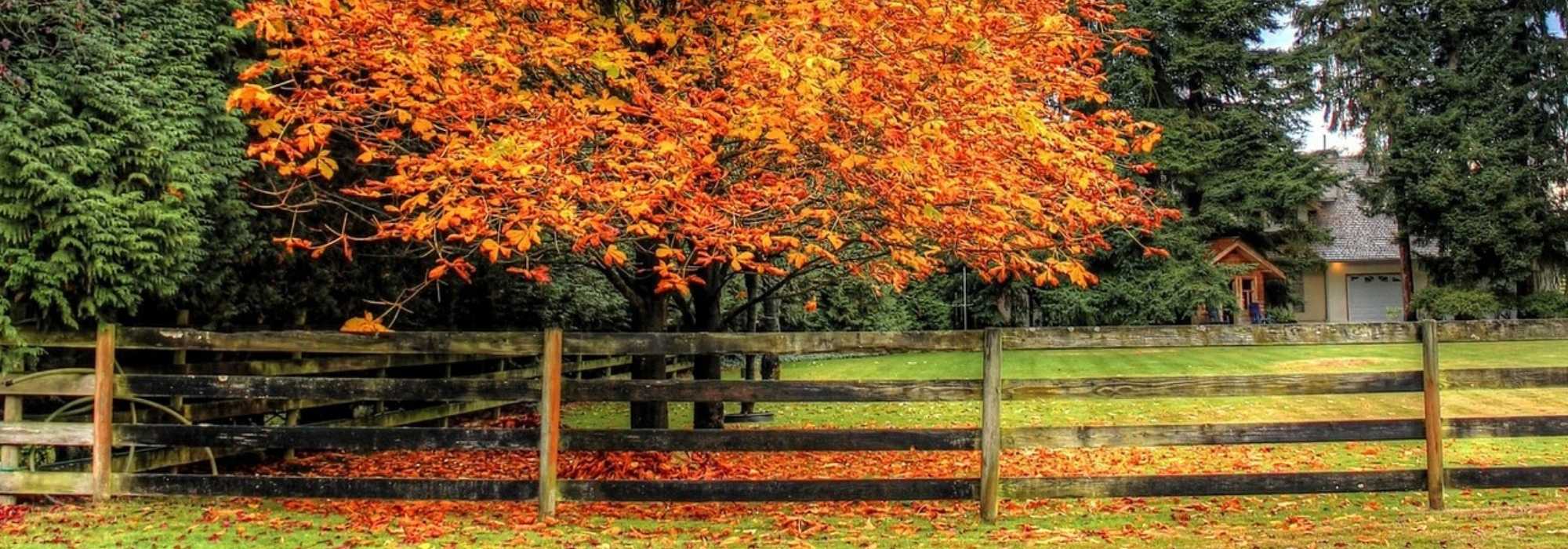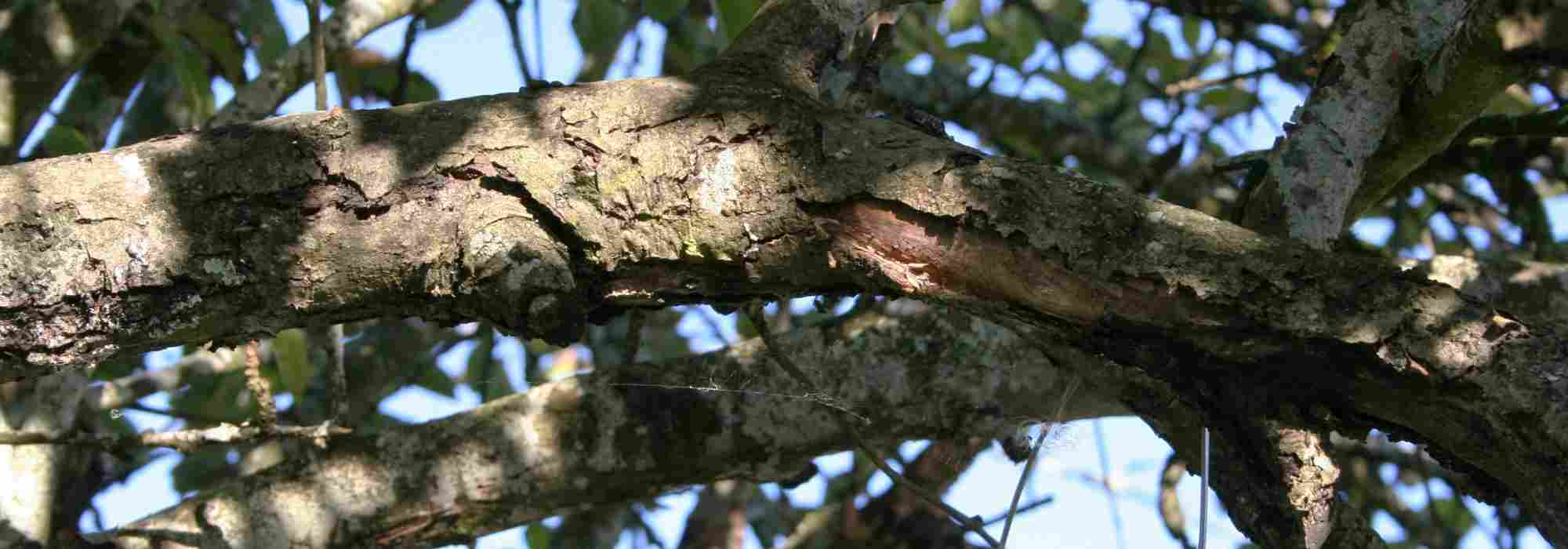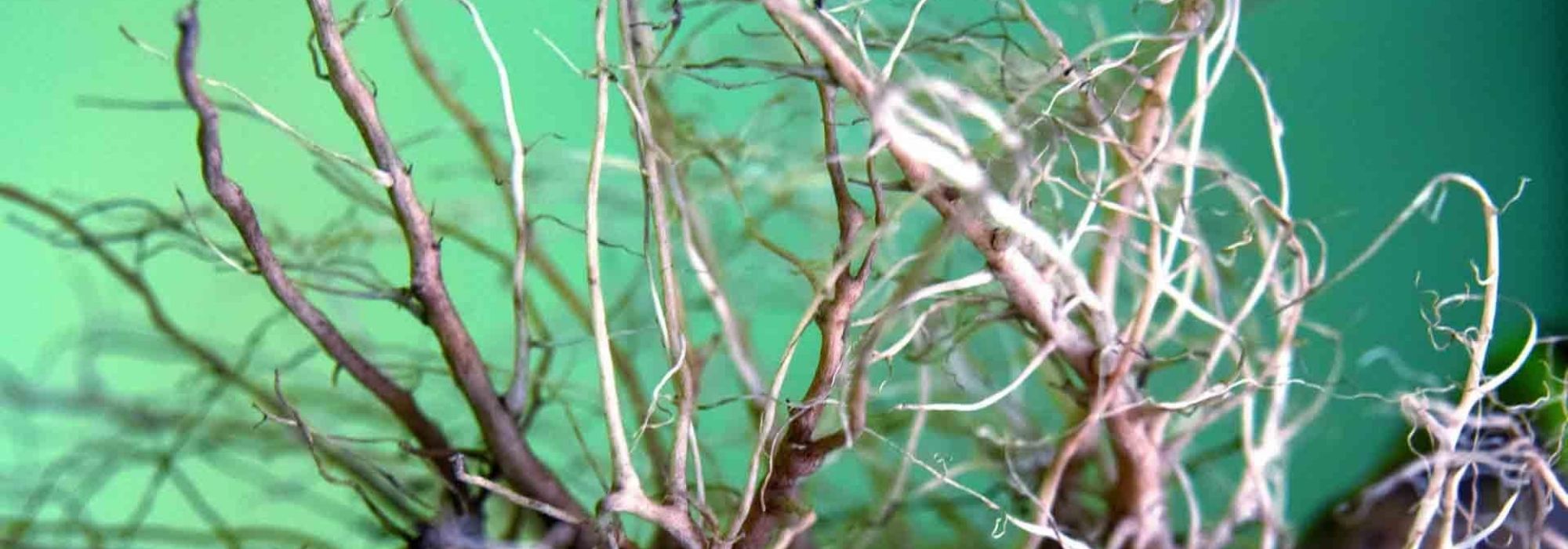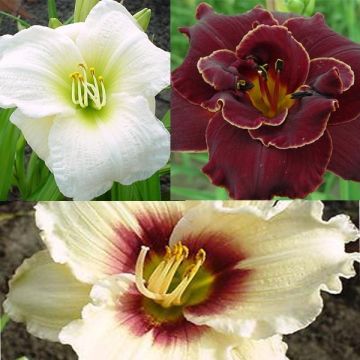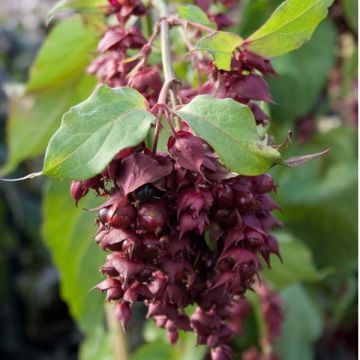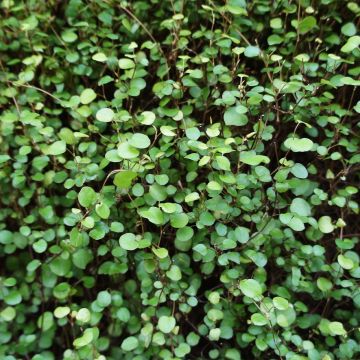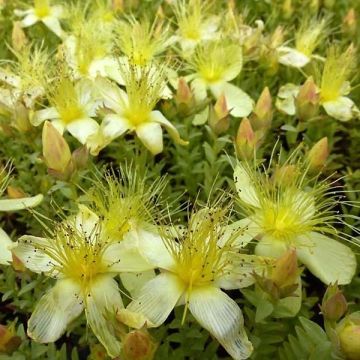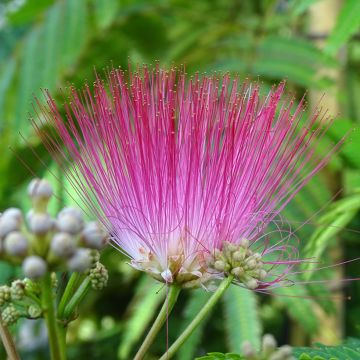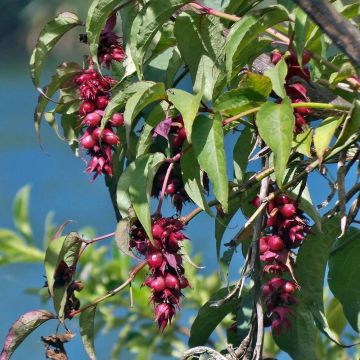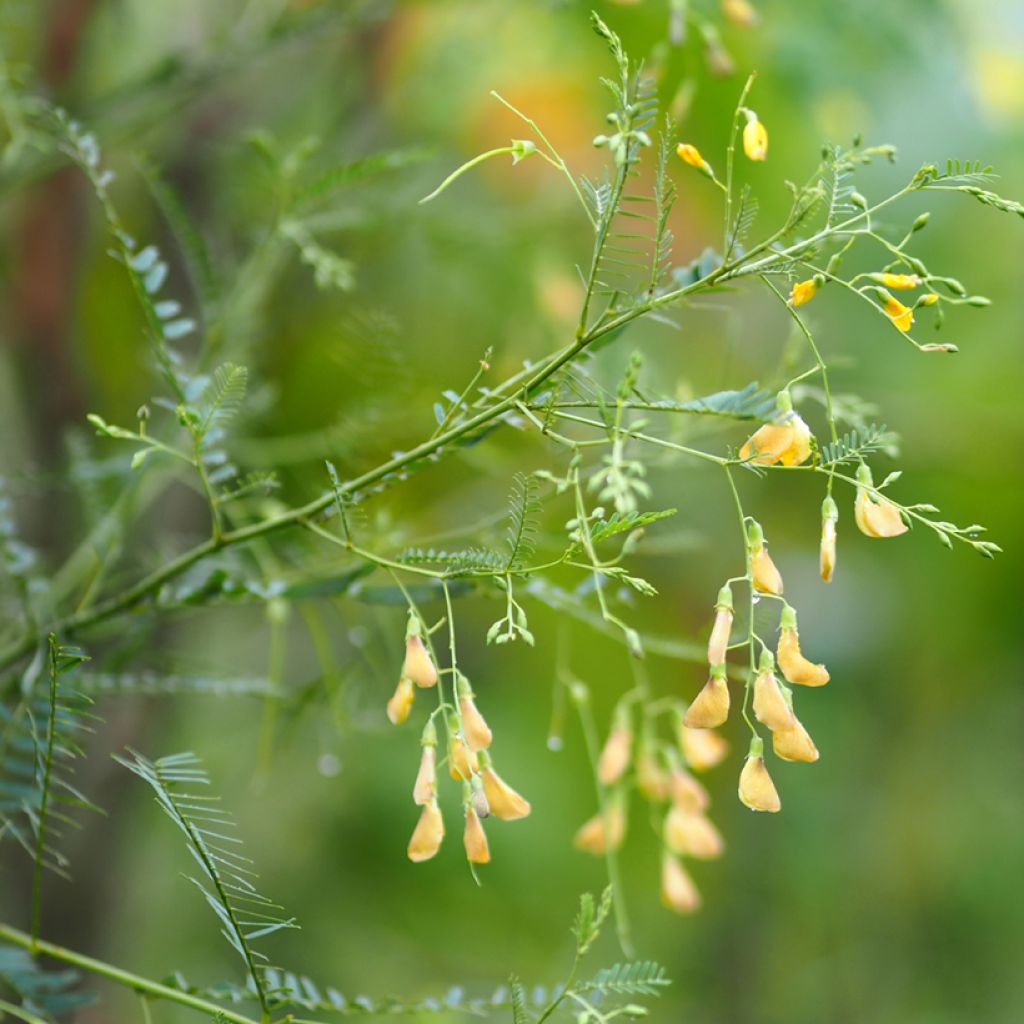

Sesbania javanica
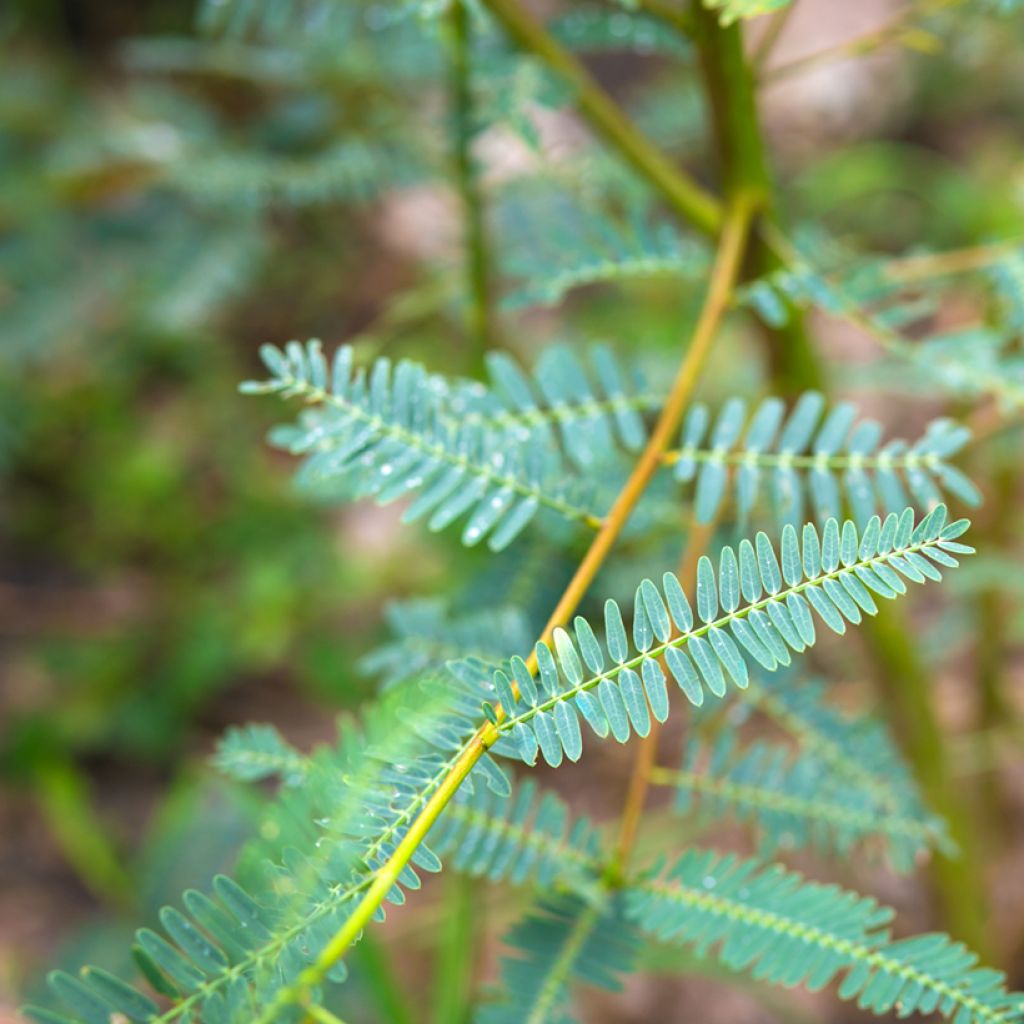

Sesbania javanica


Sesbania javanica
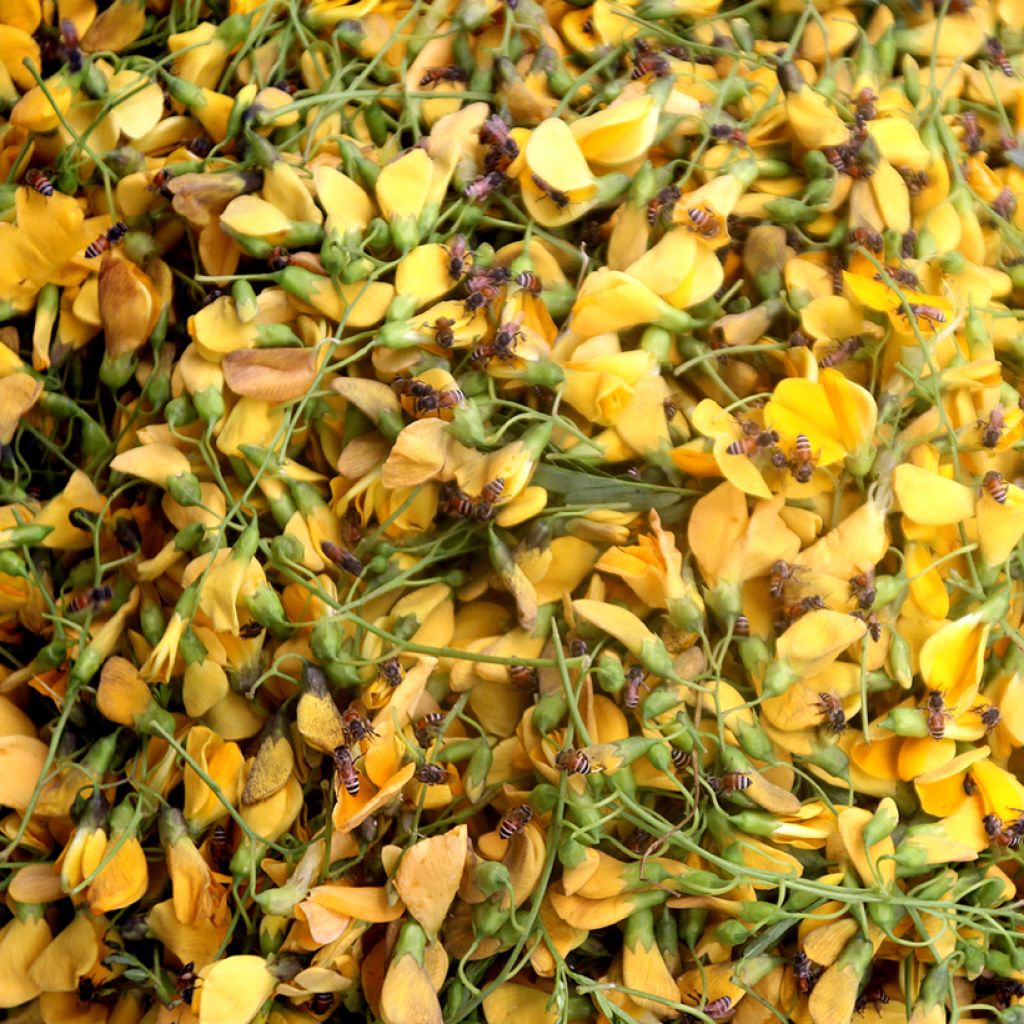

Sesbania javanica
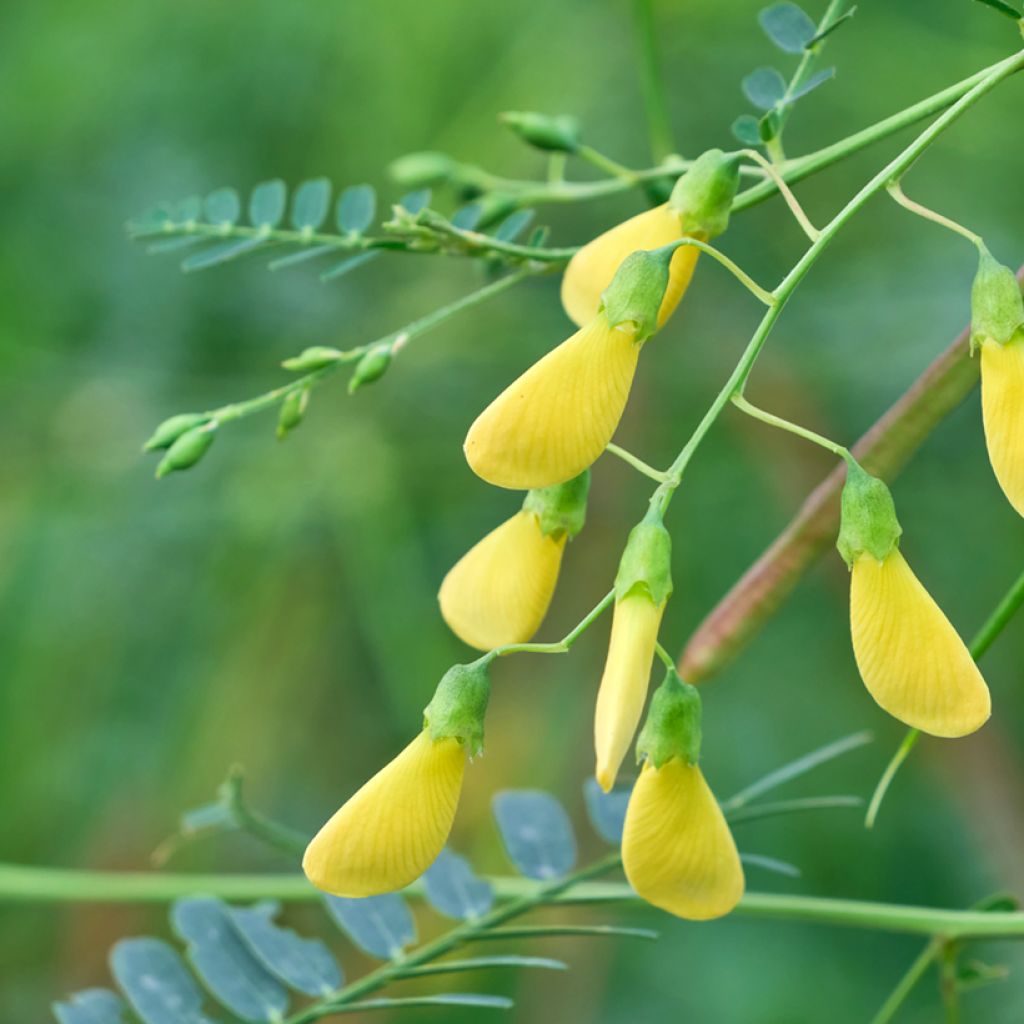

Sesbania javanica
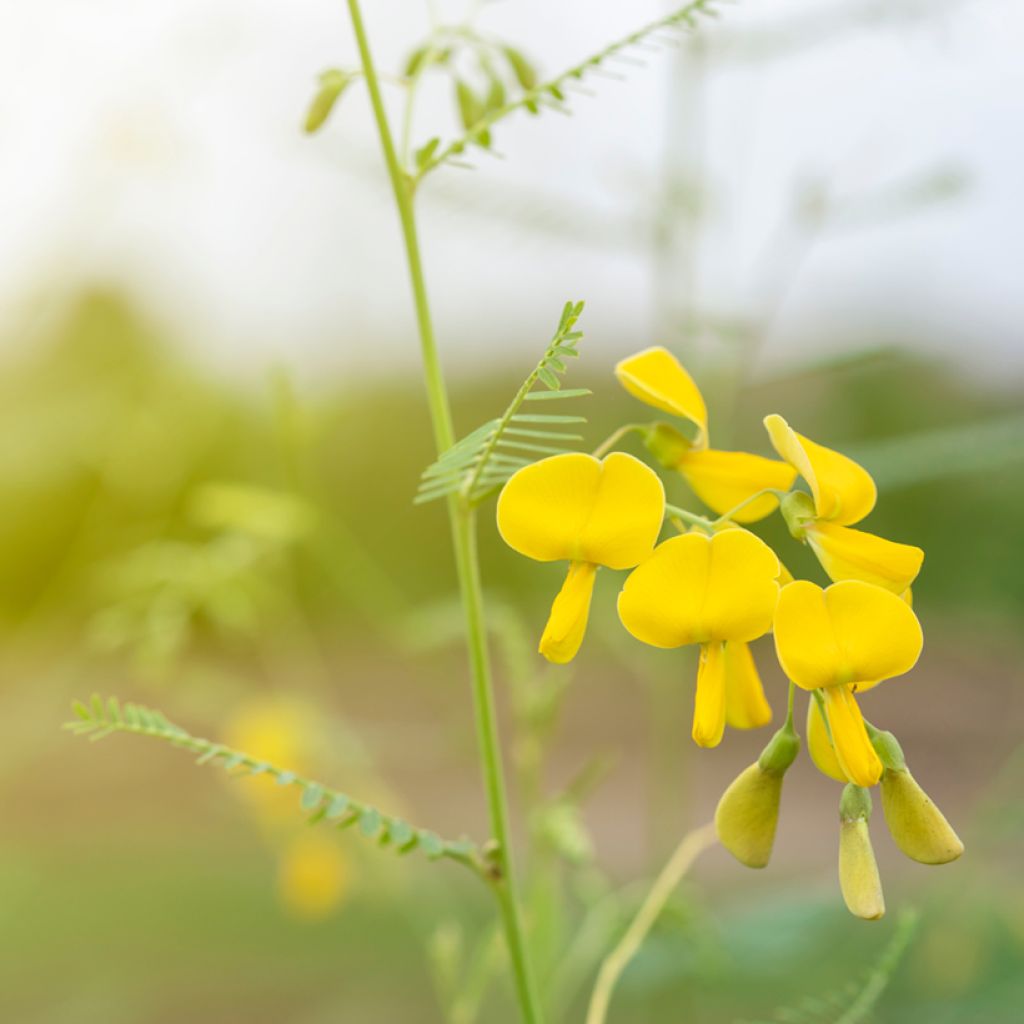

Sesbania javanica
Sesbania javanica
Sesbania javanica
Riverhemp
Special offer!
Receive a €20 voucher for any order over €90 (excluding delivery costs, credit notes, and plastic-free options)!
1- Add your favorite plants to your cart.
2- Once you have reached €90, confirm your order (you can even choose the delivery date!).
3- As soon as your order is shipped, you will receive an email containing your voucher code, valid for 3 months (90 days).
Your voucher is unique and can only be used once, for any order with a minimum value of €20, excluding delivery costs.
Can be combined with other current offers, non-divisible and non-refundable.
Why not try an alternative variety in stock?
View all →This plant carries a 24 months recovery warranty
More information
We guarantee the quality of our plants for a full growing cycle, and will replace at our expense any plant that fails to recover under normal climatic and planting conditions.
Does this plant fit my garden?
Set up your Plantfit profile →
Description
Sesbania javanica, or Java Sesbania, is a fast-growing tropical shrub native to Southeast Asia, where it is valued for its ecological role. It is honey-producing, attracts pollinators, and naturally enriches the soil with nitrogen. It is also an edible, medicinal, and dye-producing plant. In temperate climates, its beautiful yellow flowering can be enjoyed by growing it in a pot, protected from the cold in winter.
Sesbania javanica belongs to the Fabaceae family. Its natural range extends from India and Sri Lanka to Malaysia, Indonesia, the Philippines, New Guinea, and northern Australia. This botanical species thrives mainly in tropical wetlands, frequently colonising swamps, riverbanks, and rice fields. It is a short-lived but very fast-growing plant. In the ground, it reaches a height of 1 to 3 m, though under optimal conditions, it can grow up to 5 metres. Its habit is upright, with stems becoming semi-woody at the base. The paripinnate leaves measure between 11 and 25 cm in length, are composed of 10 to 30 pairs of opposite or alternate, oblong to linear leaflets measuring 1.5 to 3.2 cm in length and 0.4 to 0.8 cm in width, with rounded tips.
Sesbania javanica flowers during the rainy season in tropical regions, during the warmer months in temperate climates. When grown in pots and overwintered indoors, it may sometimes flower as early as May, more commonly from June to September. This flowering takes the form of axillary clusters of vibrant yellow flowers. The flowers, typical of Fabaceae, feature a pea-like corolla with a prominent banner and lateral wings. The fruits are linear, elongated pods containing numerous seeds. The foliage is deciduous, with leaves usually falling in response to environmental conditions, during the dry season or winter in temperate regions. The stems, initially herbaceous, develop a more woody texture at the base with age.
In Southeast Asia, particularly in Thailand, Sesbania javanica is prized for its culinary uses. Young shoots are cooked and served with spicy sauces called nam phrik. The flowers, meanwhile, are versatile: they can be eaten raw, blanched, fried with eggs, or fermented, and are often served with nam phrik kapi (spicy shrimp paste sauce) or added to kaeng som dok khae (sweet and sour curry). Additionally, due to their carotenoid content, the flowers are used to naturally dye various desserts yellow, such as khanom bua loi, glutinous rice flour dumplings cooked in sweetened coconut milk.
Sesbania javanica struggles with temperatures below 5 °C. Only particularly sheltered gardens can accommodate it in the ground, provided it is planted against a well-exposed wall. In pots, this plant becomes a decorative feature on a sunny terrace, as long as it is brought indoors in winter. It can be paired, for example, with its cousin Sesbania punicea with red flowers, cannas, and Solanum rantonnetii, for instance. Together, these plants create a vibrant tropical display on a Mediterranean terrace.
Report an error about the product description
Sesbania javanica in pictures




Plant habit
Flowering
Foliage
Botanical data
Sesbania
javanica
Fabaceae
Riverhemp
Sesbania roxburghii, Sesbania cochinchinensis
India, East Asia, Southeast Asia, Australia, Oceania
Other Shrubs A to Z
View all →Planting and care
Sesbania javanica is an easy-to-grow plant, whether in a pot or in the ground, provided it is given warmth and sunlight. However, its lack of hardiness greatly limits its uses in the garden.
In a pot, choose a container at least 30-40 cm in diameter, with good drainage. Use a mix of light, sandy compost enriched with organic matter to encourage rapid growth. Place it in full sun, water regularly in summer without letting water stagnate, and reduce watering in winter. Move it to a conservatory or a bright, minimally heated room once temperatures drop below 7-10°C.
In the ground, Sesbania javanica prefers light, well-drained, even poor soil, and tolerates some drought once established. This fast-growing plant can be pruned to maintain a compact habit or to encourage abundant flowering. Pruning should be done in late winter or early spring by removing dead stems and shortening overly long branches.
Planting period
Intended location
Care
Planting & care advice
This item has not been reviewed yet - be the first to leave a review about it.
Similar products
Haven't found what you were looking for?
Hardiness is the lowest winter temperature a plant can endure without suffering serious damage or even dying. However, hardiness is affected by location (a sheltered area, such as a patio), protection (winter cover) and soil type (hardiness is improved by well-drained soil).

Photo Sharing Terms & Conditions
In order to encourage gardeners to interact and share their experiences, Promesse de fleurs offers various media enabling content to be uploaded onto its Site - in particular via the ‘Photo sharing’ module.
The User agrees to refrain from:
- Posting any content that is illegal, prejudicial, insulting, racist, inciteful to hatred, revisionist, contrary to public decency, that infringes on privacy or on the privacy rights of third parties, in particular the publicity rights of persons and goods, intellectual property rights, or the right to privacy.
- Submitting content on behalf of a third party;
- Impersonate the identity of a third party and/or publish any personal information about a third party;
In general, the User undertakes to refrain from any unethical behaviour.
All Content (in particular text, comments, files, images, photos, videos, creative works, etc.), which may be subject to property or intellectual property rights, image or other private rights, shall remain the property of the User, subject to the limited rights granted by the terms of the licence granted by Promesse de fleurs as stated below. Users are at liberty to publish or not to publish such Content on the Site, notably via the ‘Photo Sharing’ facility, and accept that this Content shall be made public and freely accessible, notably on the Internet.
Users further acknowledge, undertake to have ,and guarantee that they hold all necessary rights and permissions to publish such material on the Site, in particular with regard to the legislation in force pertaining to any privacy, property, intellectual property, image, or contractual rights, or rights of any other nature. By publishing such Content on the Site, Users acknowledge accepting full liability as publishers of the Content within the meaning of the law, and grant Promesse de fleurs, free of charge, an inclusive, worldwide licence for the said Content for the entire duration of its publication, including all reproduction, representation, up/downloading, displaying, performing, transmission, and storage rights.
Users also grant permission for their name to be linked to the Content and accept that this link may not always be made available.
By engaging in posting material, Users consent to their Content becoming automatically accessible on the Internet, in particular on other sites and/or blogs and/or web pages of the Promesse de fleurs site, including in particular social pages and the Promesse de fleurs catalogue.
Users may secure the removal of entrusted content free of charge by issuing a simple request via our contact form.
The flowering period indicated on our website applies to countries and regions located in USDA zone 8 (France, the United Kingdom, Ireland, the Netherlands, etc.)
It will vary according to where you live:
- In zones 9 to 10 (Italy, Spain, Greece, etc.), flowering will occur about 2 to 4 weeks earlier.
- In zones 6 to 7 (Germany, Poland, Slovenia, and lower mountainous regions), flowering will be delayed by 2 to 3 weeks.
- In zone 5 (Central Europe, Scandinavia), blooming will be delayed by 3 to 5 weeks.
In temperate climates, pruning of spring-flowering shrubs (forsythia, spireas, etc.) should be done just after flowering.
Pruning of summer-flowering shrubs (Indian Lilac, Perovskia, etc.) can be done in winter or spring.
In cold regions as well as with frost-sensitive plants, avoid pruning too early when severe frosts may still occur.
The planting period indicated on our website applies to countries and regions located in USDA zone 8 (France, United Kingdom, Ireland, Netherlands).
It will vary according to where you live:
- In Mediterranean zones (Marseille, Madrid, Milan, etc.), autumn and winter are the best planting periods.
- In continental zones (Strasbourg, Munich, Vienna, etc.), delay planting by 2 to 3 weeks in spring and bring it forward by 2 to 4 weeks in autumn.
- In mountainous regions (the Alps, Pyrenees, Carpathians, etc.), it is best to plant in late spring (May-June) or late summer (August-September).
The harvesting period indicated on our website applies to countries and regions in USDA zone 8 (France, England, Ireland, the Netherlands).
In colder areas (Scandinavia, Poland, Austria...) fruit and vegetable harvests are likely to be delayed by 3-4 weeks.
In warmer areas (Italy, Spain, Greece, etc.), harvesting will probably take place earlier, depending on weather conditions.
The sowing periods indicated on our website apply to countries and regions within USDA Zone 8 (France, UK, Ireland, Netherlands).
In colder areas (Scandinavia, Poland, Austria...), delay any outdoor sowing by 3-4 weeks, or sow under glass.
In warmer climes (Italy, Spain, Greece, etc.), bring outdoor sowing forward by a few weeks.































